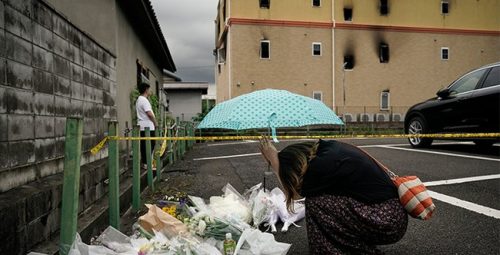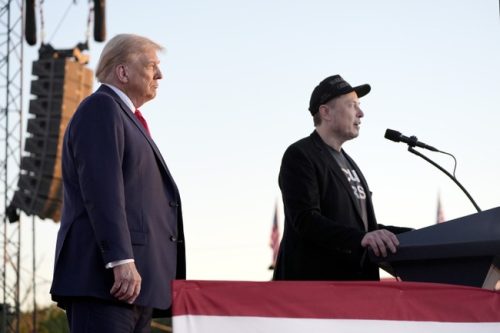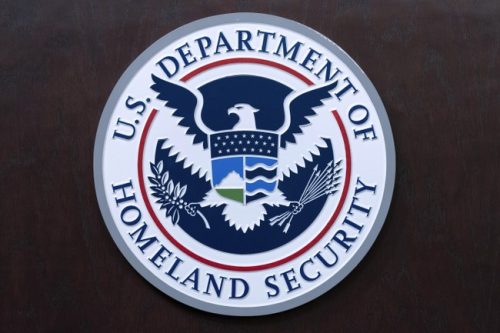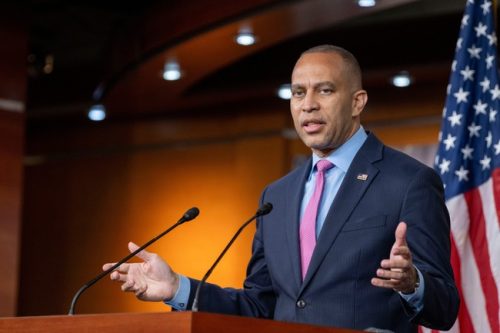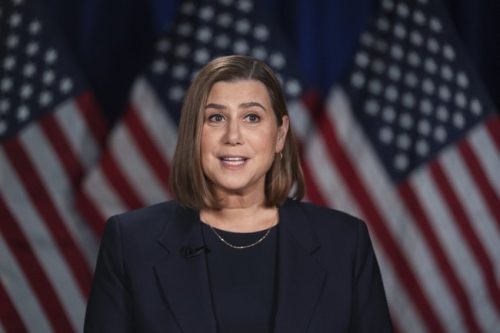Iran’s supreme leader, Ayatollah Ali Khamenei, recently named three senior Islamic clerics as potential successors amid hostilities with Israel. This move signals a possible end to his over 35-year reign, as noted by the New York Times, which cited unnamed Iranian officials. The urgency of this decision is linked to the ongoing conflict with Israel over Iran’s nuclear ambitions.
Khamenei, currently 86, made these selections while reportedly taking refuge in a bunker. This unusual action highlights his concerns about potential assassination by Israel or the U.S., or as he might see it, his becoming a martyr. The names were sent to the Assembly of Experts, the council responsible for appointing the supreme leader, suggesting a possible expedited selection process due to the conflict.
Additionally, Khamenei has made arrangements to ensure continuity within the military ranks. Recent Israeli strikes have resulted in the loss of several key military figures, including Mohammad Bagheri and Gholamali Rashid. This reshuffling aims to prevent a power vacuum within Iran’s military hierarchy.
The possibility of Khamenei’s assassination is a consideration that has reportedly influenced his decision-making. Vali Nasr, an Iran expert, commented that Khamenei’s actions are calculated and focused on state preservation. This sentiment underscores the gravity of the current situation.
One notable exclusion from the list of possible successors is Khamenei’s son, Mojtaba. Although previously rumored to be a contender, he was not included among the three clerics. Former President Ebrahim Raisi had been a potential candidate until his untimely death in a helicopter crash.
In the midst of these developments, former U.S. President Donald Trump remarked on Khamenei’s situation. He stated that the U.S. knows the location of Khamenei and labeled him “an easy target.” However, Trump clarified that there were no current plans to target the Supreme Leader.
Iranian officials have described the conflict as having two fronts, involving both air and ground operations against Israeli agents and collaborators. This multifaceted battle has reportedly caused significant concern for Khamenei. The infiltration by Israeli forces has exposed vulnerabilities within Iran’s security.
Israel’s tactics have included smuggling missile and drone components into Iran. These actions were part of a broader strategy to disrupt Iran’s military capabilities and nuclear facilities. The Times reported that these attacks have also targeted Iran’s infrastructure and energy resources.
Mahdi Mohammadi, a senior advisor to Iran’s parliament speaker, acknowledged the severity of the situation. He admitted to a significant security and intelligence breach, highlighting the loss of senior commanders. This admission points to the complexity and challenges Iran faces.
Despite the turmoil, Khamenei has addressed the Iranian people twice, expressing defiance and a commitment to resist surrender. His speeches aim to bolster national morale amidst the conflict. The resolve to continue the fight underscores Iran’s stance in this ongoing struggle.
Trump has indicated that a decision on U.S. involvement in the conflict could be forthcoming. He suggested that a resolution might be reached within the next two weeks. This statement adds another layer of uncertainty to an already tense situation.
The geopolitical landscape remains fraught with tension as these events unfold. Khamenei’s contingency planning and the broader conflict with Israel pose significant implications for regional stability. Observers continue to watch closely as the situation evolves.
Iran’s internal political dynamics are in a state of flux, with potential leadership changes on the horizon. The implications of Khamenei’s decisions will likely have lasting effects on Iran’s future. The nation’s path forward remains uncertain amid these challenging times.
The broader context of Iran’s regional ambitions and conflicts with Israel continues to shape international relations. As the situation develops, global responses will be critical in determining potential outcomes. The stakes remain high for all parties involved.
This scenario has drawn attention from conservative news outlets, emphasizing the strategic considerations at play. The focus remains on Iran’s actions and the implications for regional power dynamics. The situation continues to be a focal point for international discourse.
Khamenei’s strategic moves and the broader conflict narrative are complex and multifaceted. The ongoing developments provide insight into the challenges faced by Iran’s leadership. As events unfold, the potential for significant geopolitical shifts looms large.
The situation’s complexity underscores the nuanced nature of Middle Eastern politics. Iran’s leadership decisions and the conflict with Israel highlight the region’s intricate power dynamics. The world watches closely as these events continue to unfold.
Amidst the chaos, the potential for change in Iran’s leadership remains a critical factor. The ongoing conflict with Israel adds layers of complexity to an already volatile situation. How this will impact Iran’s future remains to be seen.
The broader implications of these developments extend beyond Iran’s borders. The international community’s response will play a pivotal role in shaping the outcome of this conflict. The situation remains dynamic, with potential consequences for global stability.


